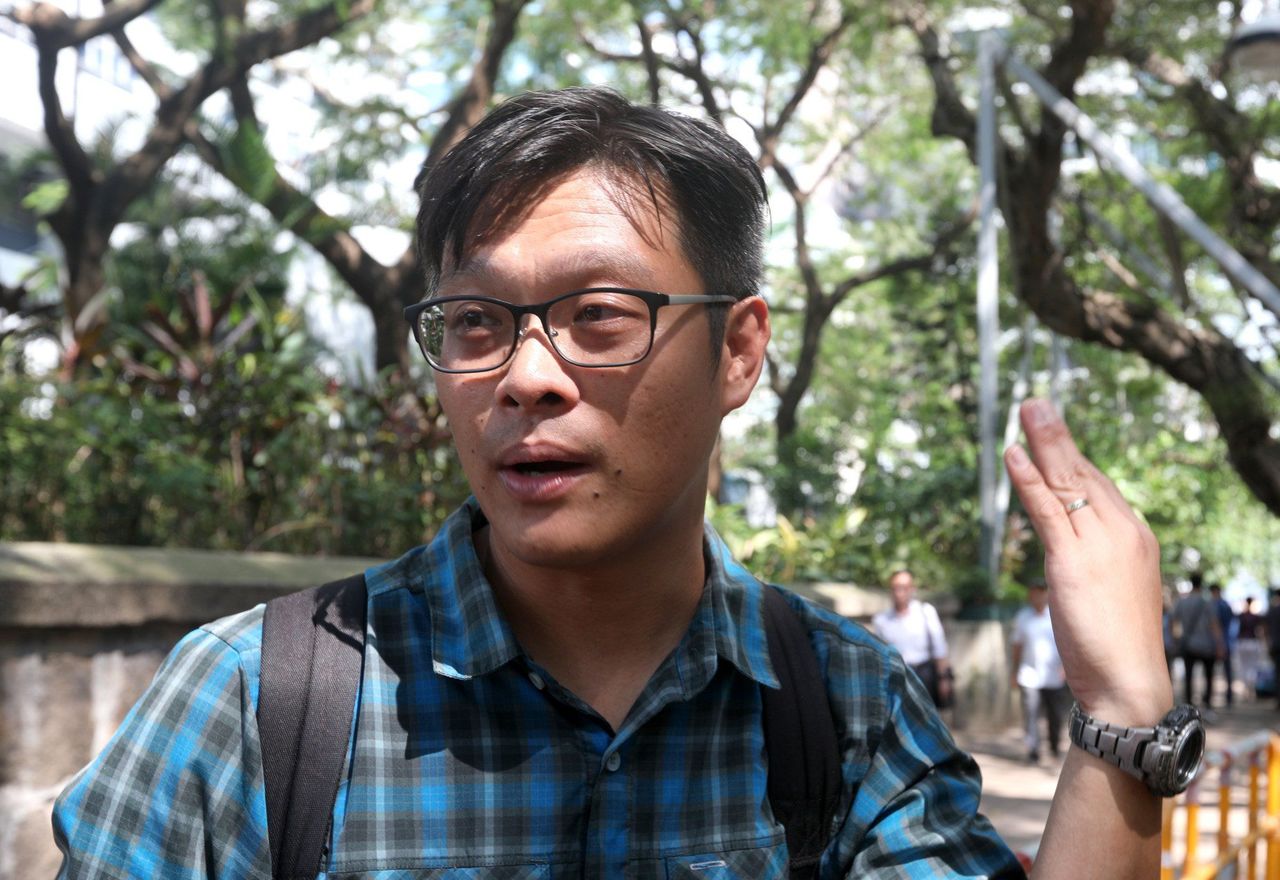Hong Kong News

Hong Kong environment authorities conditionally approve golf course development
Hong Kong’s environmental authorities approved a controversial public housing plan at the city’s oldest golf course on Thursday on condition the layout be revised to preserve a patch of woodland.
The conditional approval from the director of environmental protection came eight days after government advisers backed the plan but called for modifications for better conservation.
“The approval was granted after careful examination of the environmental impact assessment report … and full consideration of the relevant comments on the environment from the Advisory Council on the Environment as well as members of the public … and the submission of additional information by the Civil Engineering and Development Department,” the Environmental Protection Department said.
It said development-related departments
were required to devise a layout that preserved a woodland of 0.39 hectares (0.96 acres) and provide a detailed landscape and visual plan that minimised the project’s impact.
The Hong Kong Golf Club expressed deep regret at the director’s decision as the report was “full of serious flaws and errors” and would not be able to ensure “the integrity of the precious ecosystem”.
It was also concerned about how the proposed development area would be managed with high standards.
“The club will closely monitor the government’s next steps … while endeavouring to preserve the ecology of the century-old area of living heritage,” a spokeswoman said.
The golf club leases 172 hectares of land in Fanling. About one-fifth of the course, 32 hectares, has been earmarked for building 12,000 public flats and a recreational area. The flats are expected to be completed by 2029.
The woodland, consisting of 186 trees, is in the heart of the nine-hectare housing area, in a section designated for one of the residential blocks, a podium garden with commercial developments and parking spaces, a public transport interchange, and part of a building that would accommodate community facilities.
The woodland is home to 19 incense trees, considered vulnerable internationally.
 Conservancy Association director Ken So.
Conservancy Association director Ken So.
Ken So Kwok-yin, director of the Conservancy Association and a certified tree worker, said he hoped these trees could remain in situ during construction.
“It is a basic principle because moving trees back and forth can affect their growth and survival chances,” So said. “I hope this project can do more as the site is relatively big.”
He also said the building contractor could set up a preservation area to avoid machines and vehicles running over tree roots. The government would need to monitor the woodland and adopt remedial measures if damages were found.
The redevelopment project still needs approval from the Town Planning Board, the Chief Executive in Council and the Legislative Council.
Town planning advisers are expected to meet on Friday to postpone the deadline to November this year to submit a statutory plan on the project to the government’s top decision-making body for discussion.
The Development Bureau said its intention to press ahead with the housing plan had not changed despite the requirement to review the layout and planning parameters. It would submit a plan for the Town Planning Board’s discussion. The government would resume the 32 hectares of land in September as scheduled.
Hong Kong Subdivided Flats Concerning Platform, a group serving low-income families, said the revised layout should not reduce the flat supply target.
“We hope the government can start the construction process as soon as possible given the tight supply of public housing,” group member Lai Kin-kwok said.
He added that the revised layout should reserve space for a market where residents could buy daily necessities while recreational facilities could be provided nearby.
 Executive director of the Federation of Public Housing Estates Anthony Chiu.
Executive director of the Federation of Public Housing Estates Anthony Chiu.
Anthony Chiu Kwok-wai, executive director of the Federation of Public Housing Estates, said it would not be desirable to cut to a few thousand flats.
“The government should keep the impact on flat supply at a minimum. The revised plan can strike a balance between housing supply and environmental conservation,” Chiu said.
Surveying and planning specialists told the Post the government could find ways to avoid affecting the targeted flat supply, such as moving the residential buildings around the site, constructing an underground car park, and scaling down community facilities.
The planner also said the government could put buildings closer to one another or increase building height if the layout did not contravene the standards.











